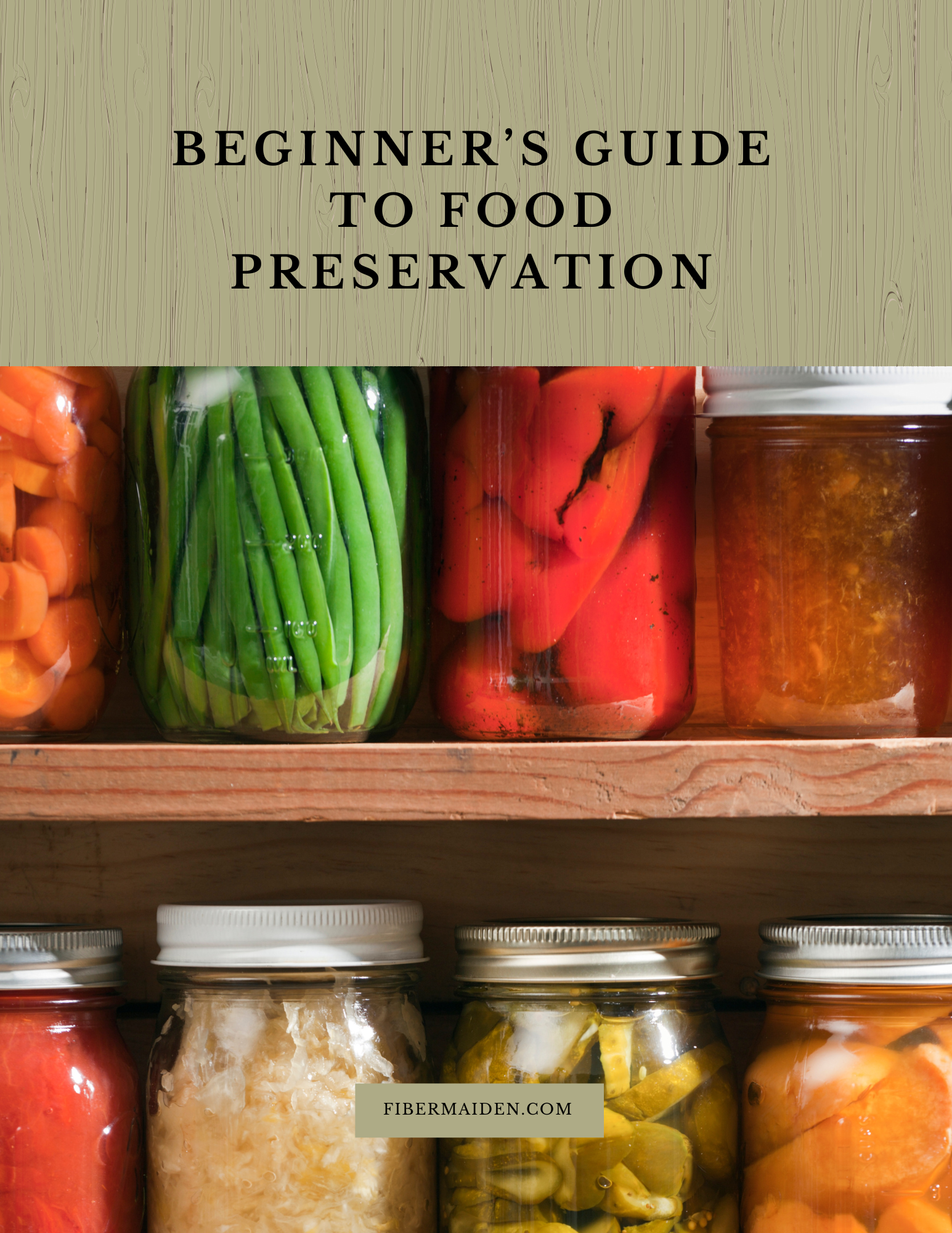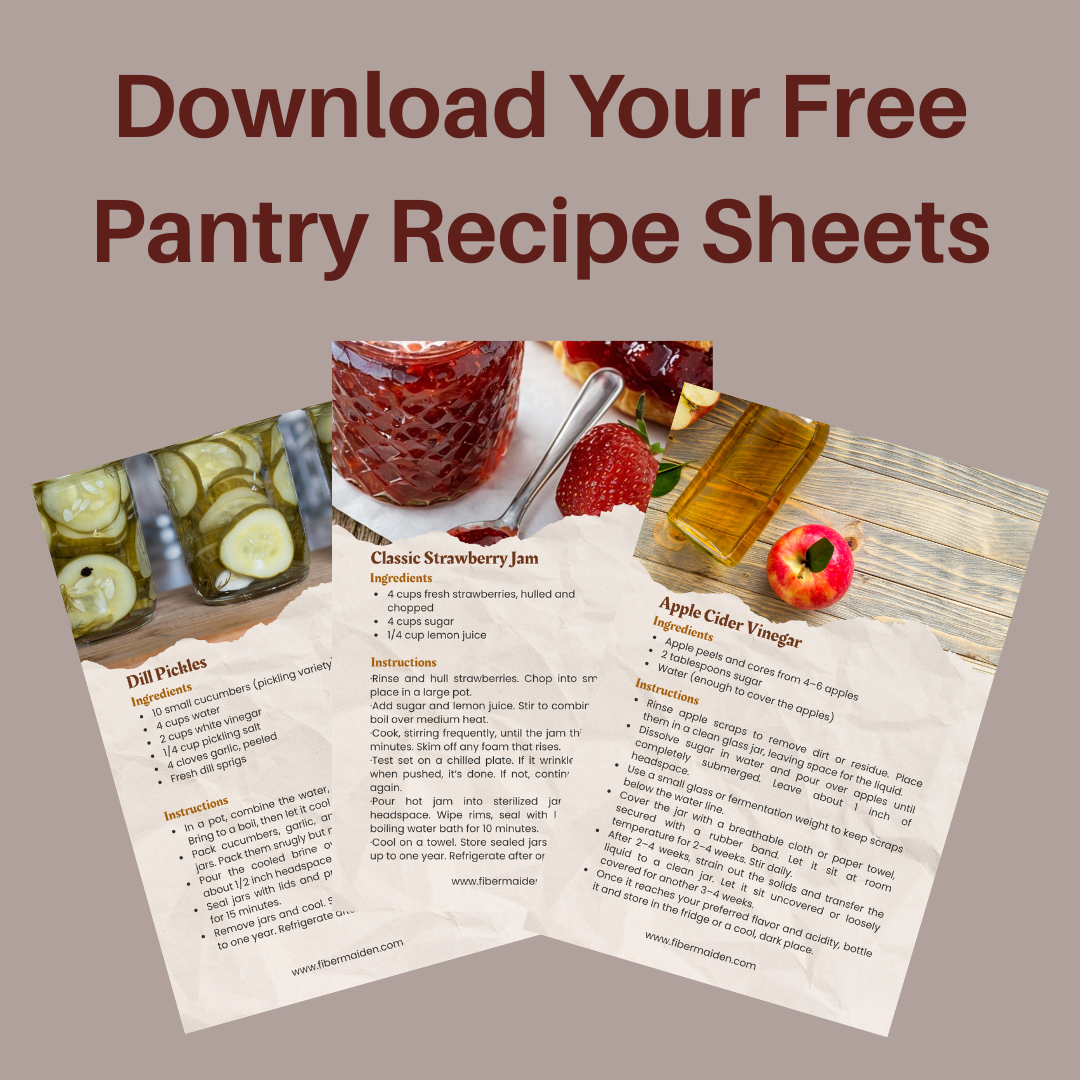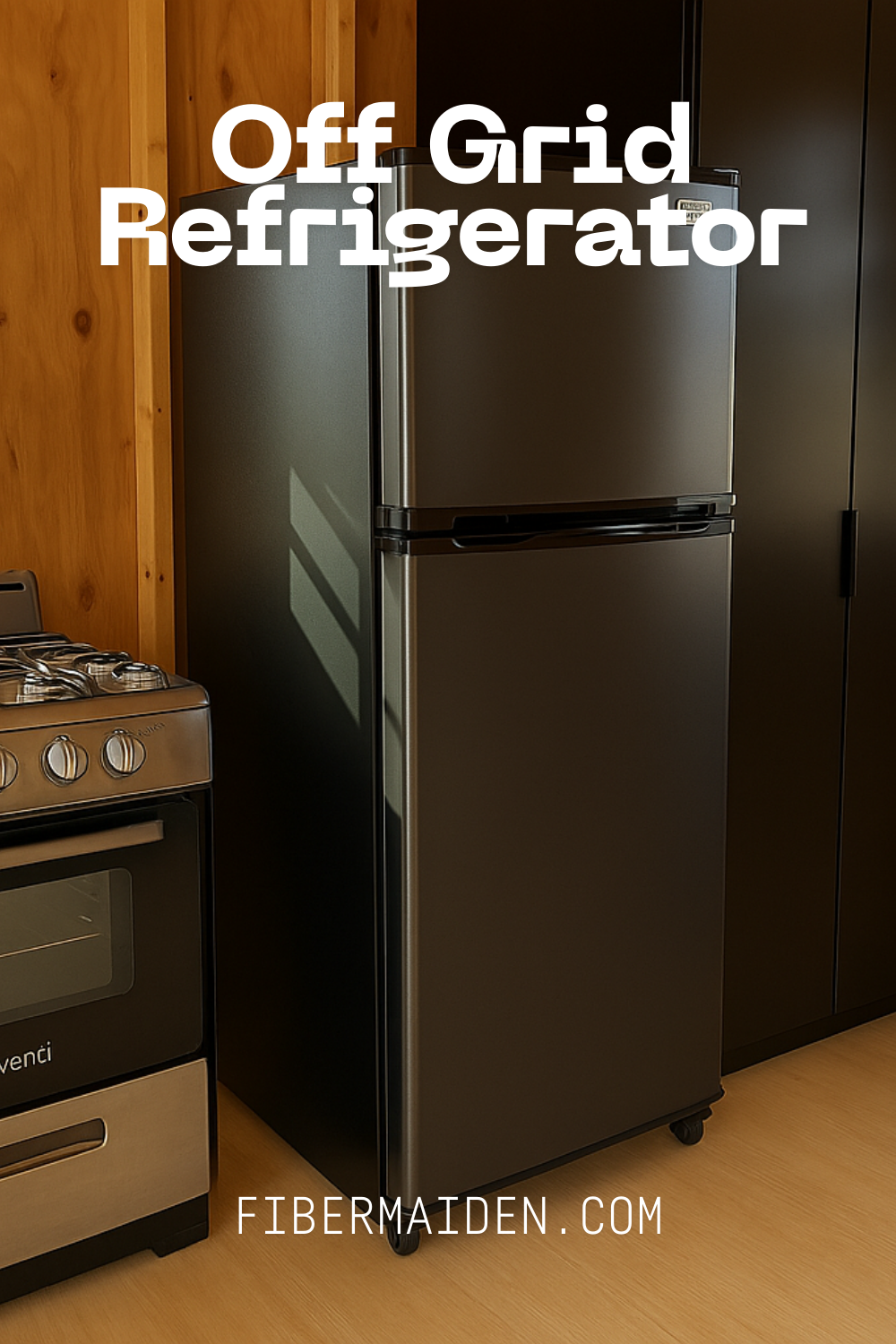Our Off-Grid Refrigerator Setup
Finding reliable refrigeration off-grid used to mean choosing between expensive propane models that required constant maintenance or electric models that demanded massive solar setups. Then we discovered dual-fuel refrigerators that can run on either propane or electricity, giving us the flexibility to adapt to changing power situations without compromising food storage reliability.
The Unique 9.7 cu. ft. Top Freezer Refrigerator offers dual-fuel operation, running on either propane or electric power depending on what's available or most efficient at any given time. This flexibility transforms off-grid food storage from a constant worry about power availability into a manageable system with multiple backup options.
Why Dual-Fuel Makes Sense Off-Grid
Off-grid living means adapting to variable conditions, and dual-fuel refrigeration matches that reality. When solar production is high, electric operation maximizes your renewable energy investment. During extended cloudy periods or high-demand situations, propane operation provides reliable cooling without draining battery reserves.
The 9.7 cubic foot capacity provides adequate storage without wasting energy on unused space, while the top freezer design offers easy access to frozen goods and preserved foods. Energy efficiency matters regardless of fuel source, and this model balances capacity with consumption whether running on propane or electricity. Make sure to check out our free printable Food Preservation Quick Guide below.
Get The Guide
Stop second-guessing every step of your food preservation projects. This guide walks you through method selection, safety basics, and how to fix things when they don't go according to plan so you can preserve with confidence instead of crossed fingers.
Disclosure
Some links on FiberMaiden are affiliate links. When you click and purchase, I may earn a small commission at no extra cost to you. I partner only with brands and tools I trust and use in my own kitchen, studio, and garden. Your support means a lot.
Video Tour
Get 3 Free Recipe Sheets
Ready for recipes that don't require a culinary degree to follow? Get seasonal recipe sheets designed for real kitchens and busy lives, the kind that work even when your kids are asking for snacks mid-prep.
Electric Mode Benefits
When running on solar power, electric operation lets you use abundant renewable energy during sunny periods. Modern efficient compressors consume 200-400 watts, making them manageable for properly sized solar systems. Electric mode also runs quieter than propane operation and requires minimal maintenance beyond normal cleaning.
Battery storage allows the refrigerator to run through night hours and short cloudy periods using stored solar energy, maximizing your renewable power investment while maintaining consistent food storage temperatures.
Propane Mode Advantages
Propane operation provides complete independence from electrical systems when needed. During extended cloudy weather, generator maintenance periods, or high electrical demand from other appliances, switching to propane keeps food cold without compromising other power needs.
Propane refrigerators require proper ventilation and regular maintenance of burner components, but they offer reliable operation regardless of weather conditions or electrical system status.
Operational Flexibility
The ability to switch between fuel sources means you can optimize for efficiency, cost, or convenience based on current conditions. Use electric mode when solar is abundant, propane when electricity is needed elsewhere, or whichever fuel source is more economical at any given time.
This flexibility also provides redundancy that single-fuel systems can't match. If one fuel system requires maintenance or runs out, you can continue refrigeration using the alternative fuel source without losing food storage capability.
System Integration Considerations
Dual-fuel operation requires planning for both electrical and propane infrastructure. Electric mode needs adequate solar capacity, battery storage, and proper inverter sizing. Propane mode requires fuel storage, proper ventilation, and understanding of LP appliance safety requirements.
The investment in dual-fuel capability pays off through increased reliability and operational flexibility that single-fuel systems can't provide in off-grid situations where backup options matter more than convenience features.
Frequently Asked Questions
Food Preservation Quick Guide
One page for methods, quick ratios, safety basics, altitude tips, and storage. For education only—use tested recipes from reliable sources.
• Water bath canning is for high-acid foods (pH ≤ 4.6) or foods acidified per a tested recipe.
• Low-acid foods (most vegetables, meats, soups) require pressure canning—never water bath.
• Use 5% acidity vinegar for pickling. Keep foods fully submerged. Follow headspace exactly.
• Adjust for altitude. Use jars/lids in good condition. When in doubt—don’t risk it.
Methods at a glance
| Method | Best for | Key rule | Core target / ratio |
|---|---|---|---|
| Freezing | Fruit, veg, stocks, breads | Freeze at 0°F/−18°C. Label & rotate. | Blanch most veg before freezing to lock color/texture. |
| Dehydrating | Fruit, veg, herbs | Dry until leathery or brittle (not tacky). | Store airtight with desiccant; keep cool & dark. |
| Water Bath Canning | Jams, jellies, fruit, pickles, tomatoes (acidified) | Use tested times; keep jars submerged; vent air bubbles. | Typical headspace: jams ¼″; fruit/pickles ½″. |
| Pressure Canning | Low-acid veg, beans, meats, broths | Use correct pressure for altitude; follow tested times. | Headspace usually 1–1¼″ (see recipe). |
| Fermentation | Cabbage, carrots, peppers, etc. | Keep veg fully submerged; use clean tools. | 2–3% brine by weight (see quick ratios). |
| Pickling | Cucumbers, onions, beets, mixed veg | Use 5% vinegar; don’t dilute below tested ratios. | Common hot pack: ≥1:1 vinegar:water + salt/sugar/spices. |
| Jam/Jelly | High-acid fruits | Boil to gel stage; fill hot, process in water bath. | Gel temp ≈ local boiling point + sugar effect (see recipe). |
| Freeze-Drying | Fruits, meals, herbs (with home unit) | Dry until pieces are crisp throughout. | Store in mylar/airtight with O₂ absorber; cool & dark. |
Quick ratios & targets
| What | Basic ratio / target | Notes |
|---|---|---|
| Ferment brine | 2% = 20 g salt per 1000 g water • 3% warm kitchens/crunch | 1 quart water ≈ 946 g → ~19 g salt for 2%. |
| Pickling brine (quick) | ≥ 1:1 5% vinegar : water + 1–3 tbsp salt/qt (per recipe) | Do not reduce vinegar below tested ratios. |
| Jam/jelly sugar | Classic: ~1:1 fruit:sugar by weight (varies with pectin) | Follow pectin brand/recipe; do plate or wrinkle test. |
| Headspace (typical) | Jams ¼″ • Fruits/pickles ½″ • Pressure-canned 1–1¼″ | Always use recipe’s specified headspace. |
| Freezer headspace (liquids) | Leave ½–1″ | Liquids expand; use straight-sided containers or bags. |
Altitude adjustments (quick)
• Water bath canning: add time per the tested recipe. Typical add-ons: +5 min (1,001–3,000 ft), +10 min (3,001–6,000 ft), +15 min (6,001–8,000 ft).
• Pressure canning: increase pressure per the tested recipe. Weighted-gauge cookers are often 10 psi at 0–1,000 ft and 15 psi above; dial-gauge cookers typically start ~11 psi and increase with altitude.
Always follow the specific altitude table in your recipe/manual.
Typical blanch times for freezing (quick)
| Vegetable | Time (minutes) | Notes |
|---|---|---|
| Green beans | 3 | Whole or cut |
| Broccoli florets | 3 | Cool fast; drain well |
| Carrots (slices) | 2 | Spears 3 min |
| Peas | 1½–2 | Shell, blanch, chill |
| Kale/spinach | 2 | Press out water |
| Corn (kernels) | 4 | On the cob 4–7 |
Times vary by cut and maturity; check a tested chart for more vegetables.
Storage guide (best quality)
| Method | Best by | Storage notes |
|---|---|---|
| Water bath canned (high-acid) | 12–18 months | Cool, dark, dry; check seals before use. |
| Pressure canned (low-acid) | 12–18 months | Cool, dark, dry; discard if seal fails or food looks/smells off. |
| Ferments (refrigerated) | Several months | Keep submerged; use clean utensil. |
| Dehydrated | 6–12 months | Airtight with desiccant; cool & dark. |
| Frozen | 8–12 months | 0°F/−18°C; label with date. |
| Freeze-dried | Long-term | Mylar/airtight with O₂ absorber; cool & dark. |
Labeling checklist
- Product & method (e.g., “Dill Pickles – Water Bath”)
- Recipe source & year (tested)
- Date processed • Batch/lot
- Headspace/ratio notes (if helpful)
- Altitude/pressure used (for canning)
Your notes
© FiberMaiden • www.fibermaiden.com









